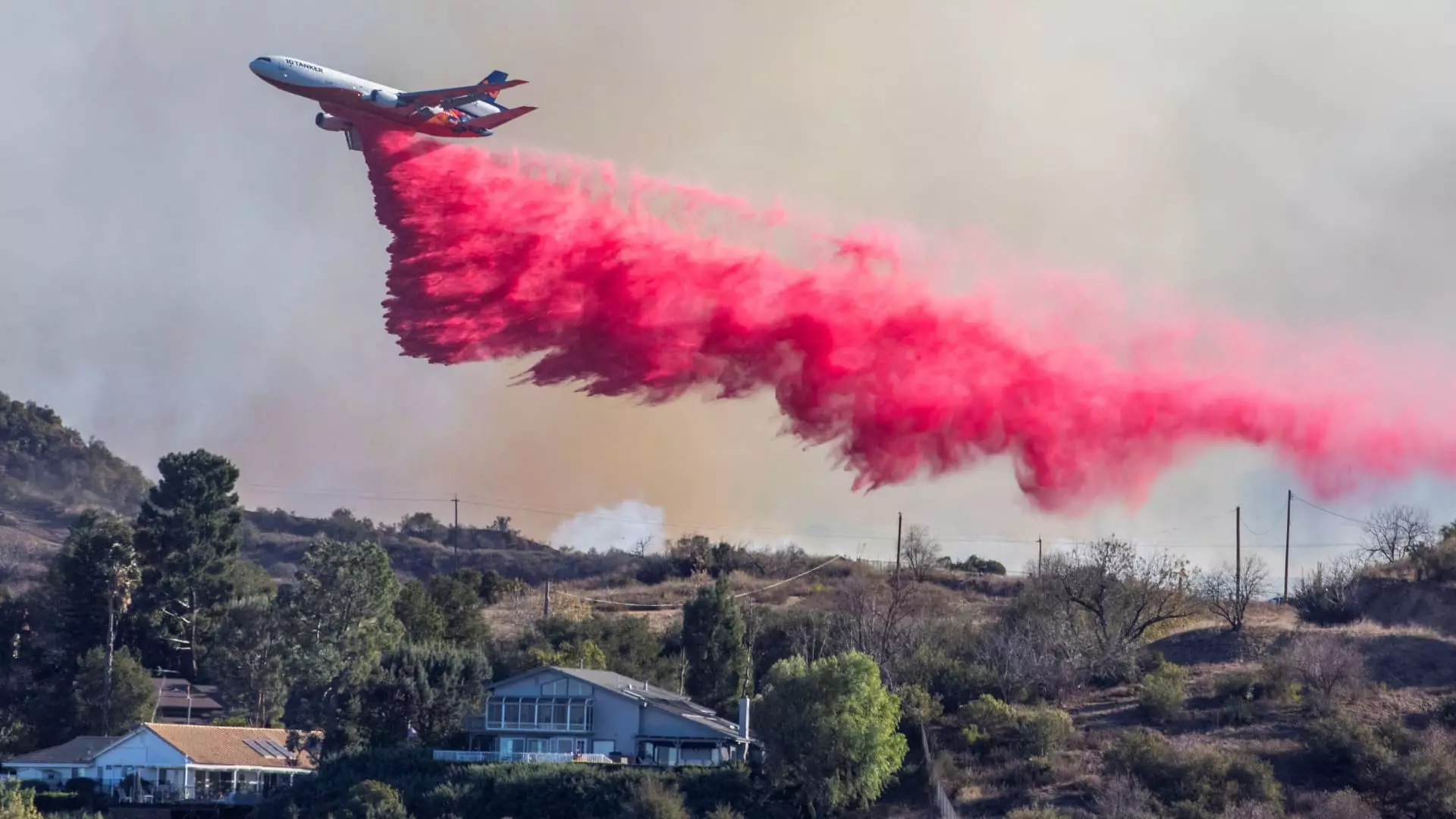The intensity and frequency of wildfires have surged in recent years, particularly in states like California where devastating fires have become commonplace. The major contributing factor to this rise in wildfire incidents can be attributed to climate change, which has created conducive conditions for such disasters, leading to the need for stronger firefighting efforts. Among these efforts, aerial firefighting plays a pivotal role, utilizing a range of specially outfitted aircraft to combat blazes that threaten communities and ecosystems. This article explores the current state of aerial firefighting, the challenges faced by operators, and the implications of a rapidly evolving wildfire season.
The Growing Demand for Aerial Firefighting Resources
As wildfires grow increasingly aggressive, the need for aerial firefighting resources has escalated significantly. In regions like Los Angeles, where recent fires posed unprecedented threats to thousands of residents, companies that specialize in aerial firefighting—such as 10 Tanker Air Carrier—have been called upon to respond at an alarming rate. Despite being in what is traditionally considered the off-season for wildfires, demand surged during the catastrophic fires, prompting these companies to mobilize their fleets quickly. Civil aviation organizations, including the California Department of Forestry and Fire Protection (Cal Fire), possess a robust array of fire-fighting aircraft, but private air carriers are now more crucial than ever as wildfires become a year-round concern.
The increasing unpredictability of wildfires, marked by the fires such as those in the Palisades and Eaton areas, demonstrates the complex challenges that aerial firefighting teams confront. These fires have devastated over 37,000 acres and claimed lives—highlighting the necessity for prompt and effective aerial responses. Companies like 10 Tanker, which recently secured a long-term, multi-billion-dollar contract with the U.S. Forest Service, emphasize that the current fleet of aerial tankers is insufficient to meet the growing demand, necessitating an expansion of resources.
Adapting to the changing climate and severe weather requires aerial firefighting operators to remain agile and innovative. Factors such as extreme winds and rugged terrains complicate emergency responses significantly. The operational challenges become even more pronounced when an off-season fire occurs, as many aircraft find themselves undergoing routine maintenance amid rising demands. For example, CEO Joel Kerley of 10 Tanker noted that some of his aircraft were undergoing maintenance at the onset of the recent fires, which hindered their ability to deploy rapidly.
Converting traditional aircraft into effective aerial firefighting units is a lengthy and expensive endeavor. Airlines like Aero Air, operating MD-87s, face a year-and-a-half process to modify a jet for firefighting duties. With growing fleets being a logistical difficulty, companies are increasingly required to diversify and strengthen their offerings, considering how vital these aircraft have become.
Aerial firefighting is filled with unique challenges that necessitate a skilled workforce comprising specialized pilots and mechanics. The pilots involved often have varied backgrounds, ranging from military aviation to commercial airlines. Each scenario presents different difficulties, from navigation through adverse weather patterns to accurately dropping fire retardants in challenging environments. The collaborative effort between ground crews and aerial support is crucial, with aerial efforts often serving to slow the spread of fires and provide control for ground forces.
Enhancing the efficiency of fire retardant applications is essential, as these actions determine the ultimate effectiveness of aerial firefighting. Companies are investing in technology to improve how materials are dropped, ensuring that they can combat flames even under adverse conditions such as the Santa Ana winds that often plague California.
As climate change continues to intensify, the patterns and predictability of wildfires will likely shift accordingly. Predictions from experts underscore an inevitable rise in not only the frequency but also the scale of wildfires across the globe. In preparation for this future, industry leaders are focused on expanding their fleets and capabilities while also vying for new government contracts. Aircraft manufacturers are responding to this demand by developing next-generation aircraft, which promise enhancements in operational efficiency and environmental adaptability.
Recognizing that the current fleet is aging, companies like De Havilland are investing in future models, such as the DHC-515, set for operations by 2028. These advancements hinge upon the need for more efficient water-dropping capabilities and durability against harsh firefighting conditions.
The future of aerial firefighting hinges upon not only innovation and expansion of resources but also collaboration among various stakeholders. As climate change presents new challenges, aerial firefighting will remain a critical component in safeguarding lives, properties, and ecosystems. The continued evolution of firefighting strategies promises a proactive approach, ensuring that communities can better withstand the fires that threaten them.


Leave a Reply